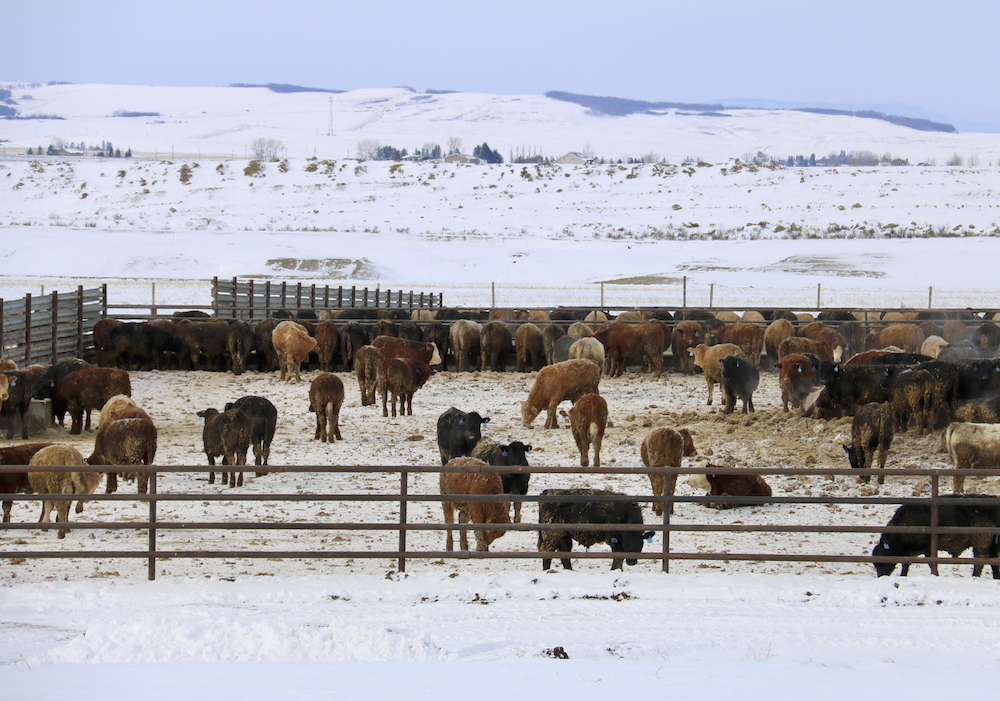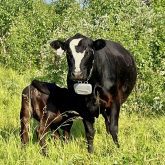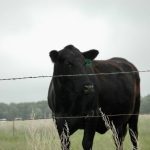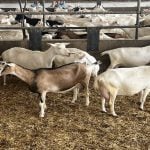When Rimrock Feeders purchased the former Western Feedlots site outside of High River, Alta., there were decisions to be made about the site, which had been empty for about three years.
The pen partitions were wooden and decaying and there were drainage issues on the site, which sits on a high point, with a view of the Rocky Mountains to the west.
A fresh start at the site was made the priority, with some of the newest thinking on feedlot management put into use, including a large experiment with roller-compacted concrete, says Shylo Penrod, who manages the site for Rimrock.
Read Also
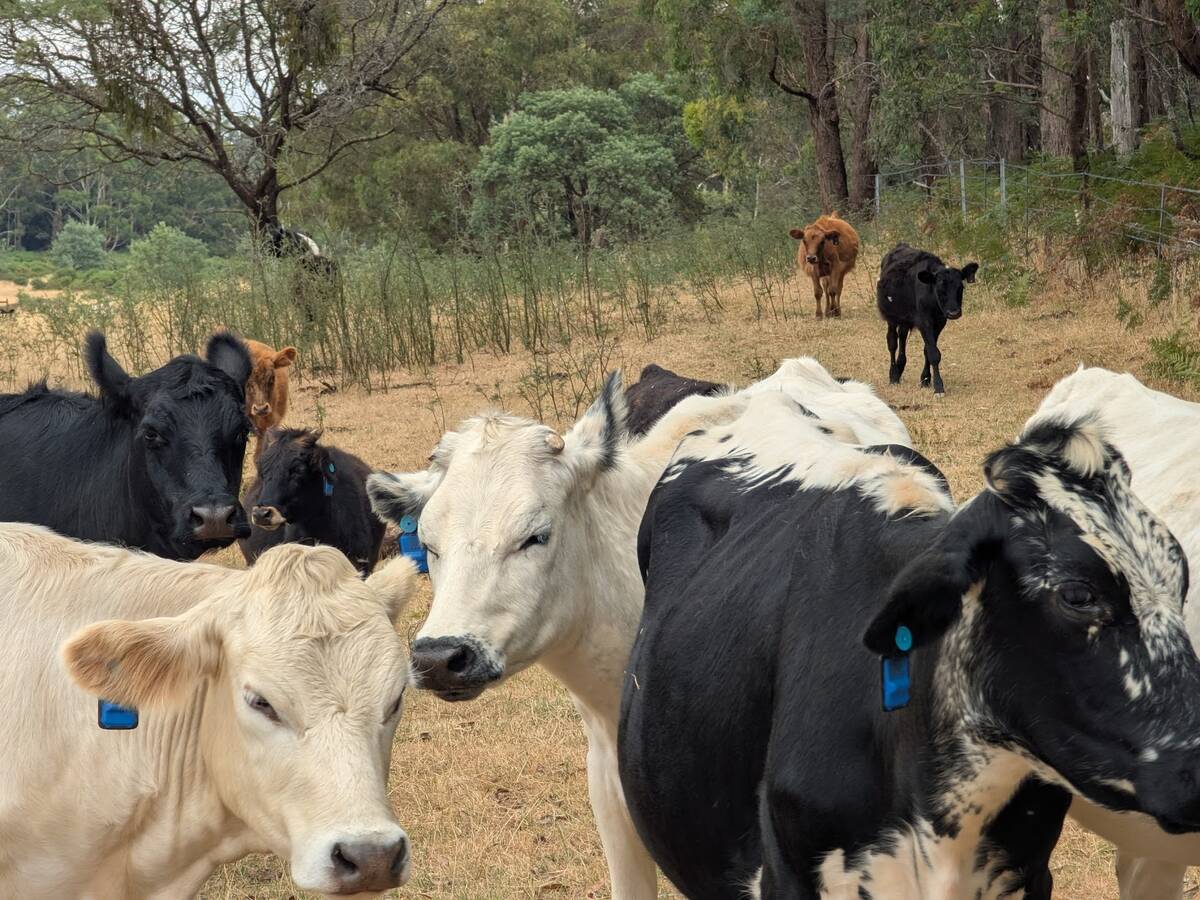
Australian company brings ear-tag tech to Canadian pastures
With Smart Paddock, beef farmers and ranchers can track their cattle through GPS technology
Over several years the flooring for the entire feedlot, with room for about 35,000 head, has been refinished in roller-compacted concrete.
“For us, the payoff comes just in the maintenance. We’ve done the analysis that in six years we will pay off the cost of putting in (roller-compacted concrete), and just on maintenance costs alone,” he said during a recent tour of the feedlot.
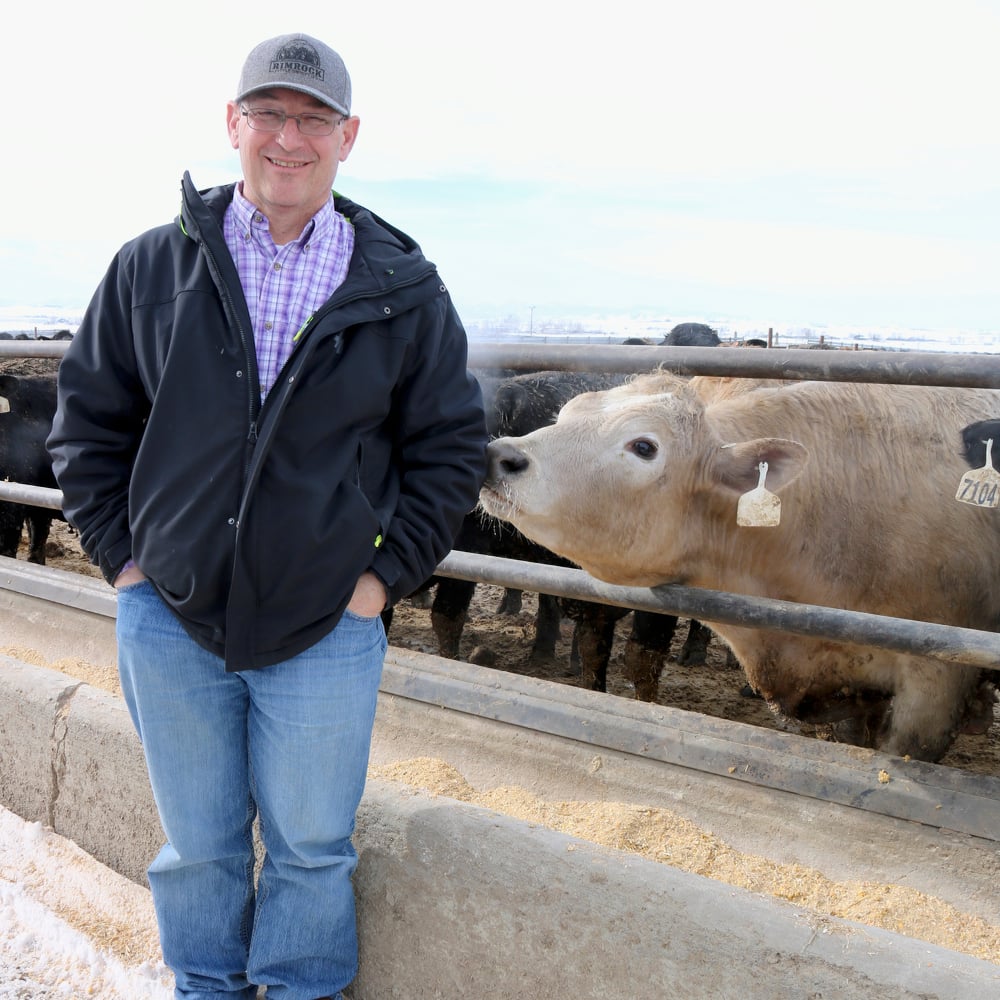
Roller-compacted concrete isn’t new — it’s been around since the 1960s, according to the Alberta Cattle Feeders Association — but it’s newly being used in feedlots.
It’s been a significant amount of work and investment, but Penfold says the result is a feedlot that allows for better drainage and the absence of the mud that plagues some outdoor feedlots.
The recipe for roller-compacted concrete is similar to other concrete projects. The difference is in the consistency and the fact that it is power-rolled to make it harder and impermeable.
Down the hill from the feedlot is a gravel pit, which made the project possible. The farm set up a mill there and used a dump truck to move the concrete up to the feedlot.
When the feedlot was rebuilt, the wooden fences were replaced with metal.
“So we’re not repairing wood fences and we’re not hauling dirt out with the manure and then in to fill the holes,” says Penhold.
The feedlot is in year five of production with the roller-compacted concrete and has yet to see a truly wet year, which is when it shows its value.
“You get a significant rainfall event and you can be $200 a head on lost performance. Hopefully this spring we’ll see more moisture and then that’s where it really pays off.”
Penhold says the ranch has been working to develop its production system and it now cleans pens at 30 to 45 days. It doesn’t disrupt the production side of the cattle, but it also lets them keep pen conditions optimal. Because the pens are concrete, they can be cleaned at almost any time of the year.
That helps with foot health and Penrod says they see a reduction in large joint injuries which can happen when cattle must slog through mud.
During a recent March visit, the 100 pens were in excellent shape as the weather stayed cold and dry. But as the temperature rose in the spring, the pens would be sloppier and if the floors weren’t concrete, cleaning them would be a much bigger challenge.
The ability to easily scrape pens when needed is also critical when running a biodigester. Rimrock Feeders is a partner in Rimrock Renewable, which is working through the approvals to build a biodigester just to the west of the feedlot. Biodigesters are like a bovine’s stomach as they must keep fermenting without stopping, and so need a regular supply of feedstuffs, such as manure.
Once a pen is cleaned, a layer of wood chips is put onto it for traction and padding. They will also add some straw. Add in some manure and Penrod says the pack grows quickly.
The feedlot is sloped so that liquid runs down to catch basins. Penrod says the solid manure stays in the pens.
“We find that the water will separate off and fall out of the pens but the manure stays behind. So we get actually very little manure that will migrate through the pens and into our catch basins,” he says.
The alleys have also been covered with roller-compacted concrete which means that vehicles can move through the feedlot easily in various weather conditions.
“Because everything is (roller-compacted concrete), we can keep the back alleys in good shape too,” says Penrod.
How to build it
Tips for building a successful roller-compacted concrete feedlot pad:
- Start with the dirt. Make sure the ground is sloped as desired. A clay base is best, and it should be compacted.
- Mix a concrete mixture with less water than normal, about 70 per cent dry matter, so it’s almost like a dough.
- Level it using a GPS-enabled dozer for accuracy.
- Lay down seven inches of concrete to start, with the goal of compacting it to six inches. In Alberta, the Natural Resources Conservation Board sets out standards for confined cattle feeding operations and it says that six inches of roller-compacted concrete is considered impermeable.
- Be careful not to over-roll the concrete as the aggregate can start to separate.
- Take core samples to check the integrity of the concrete.


